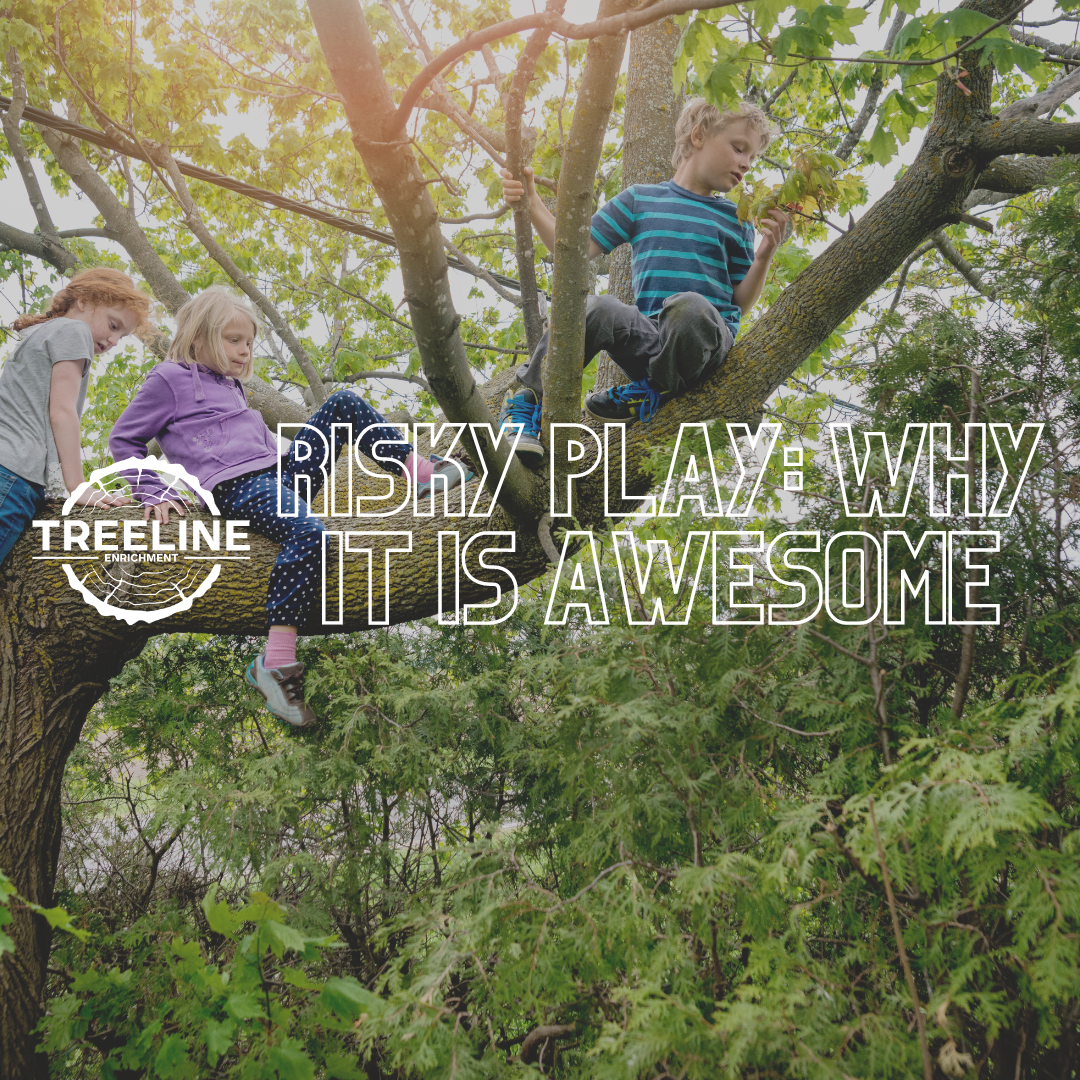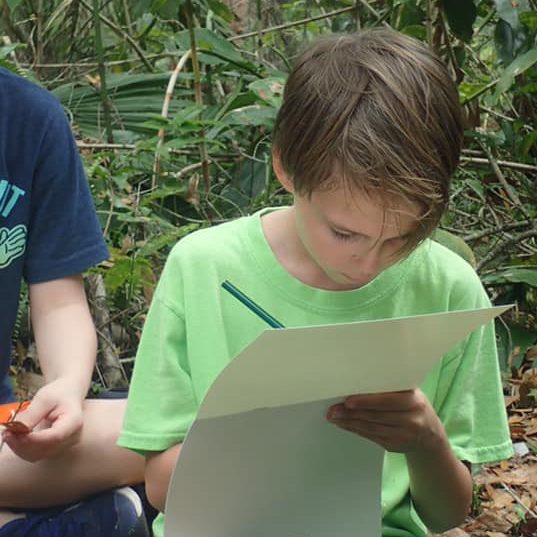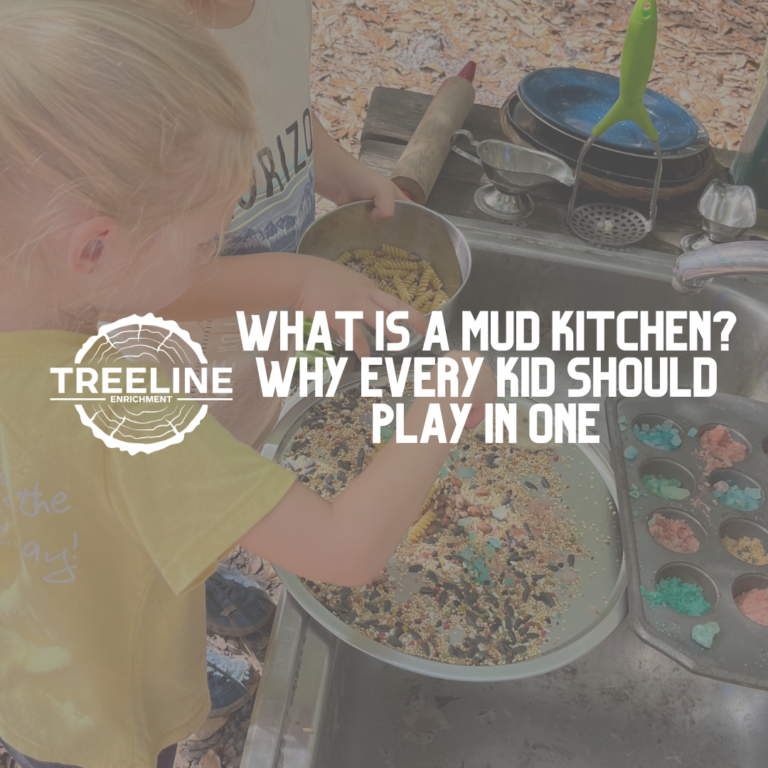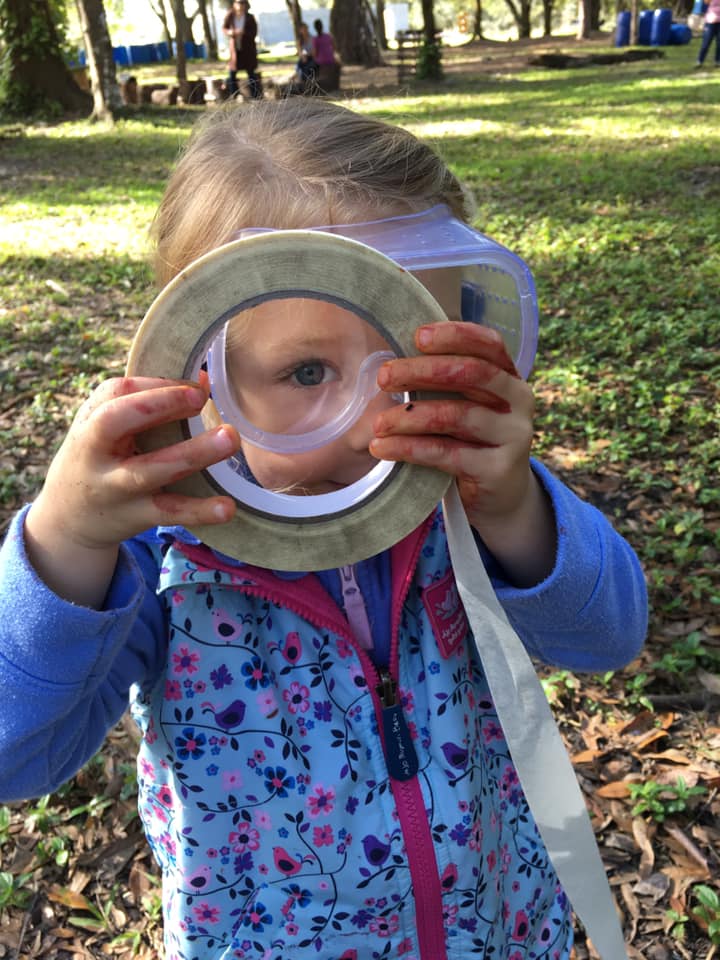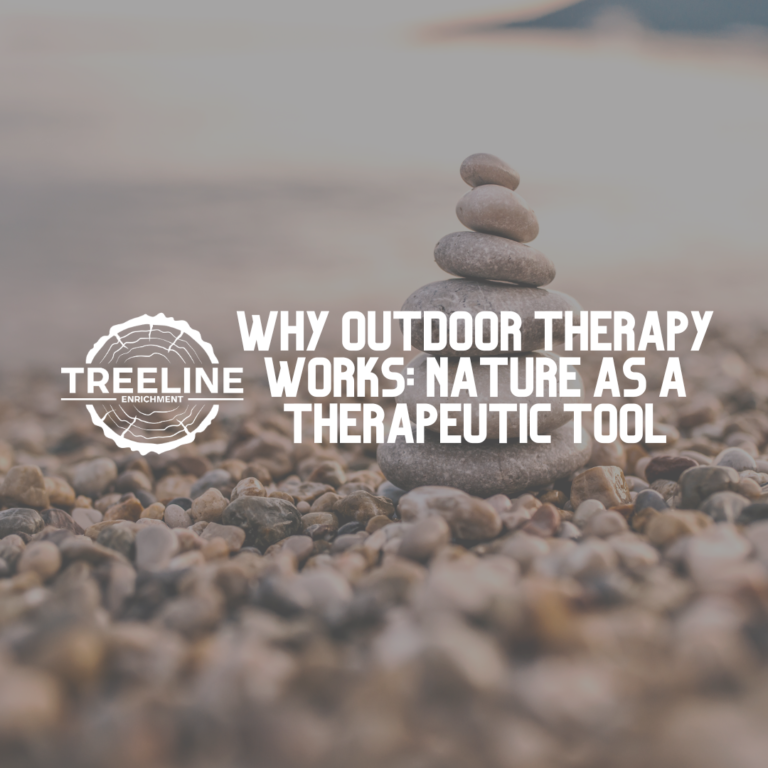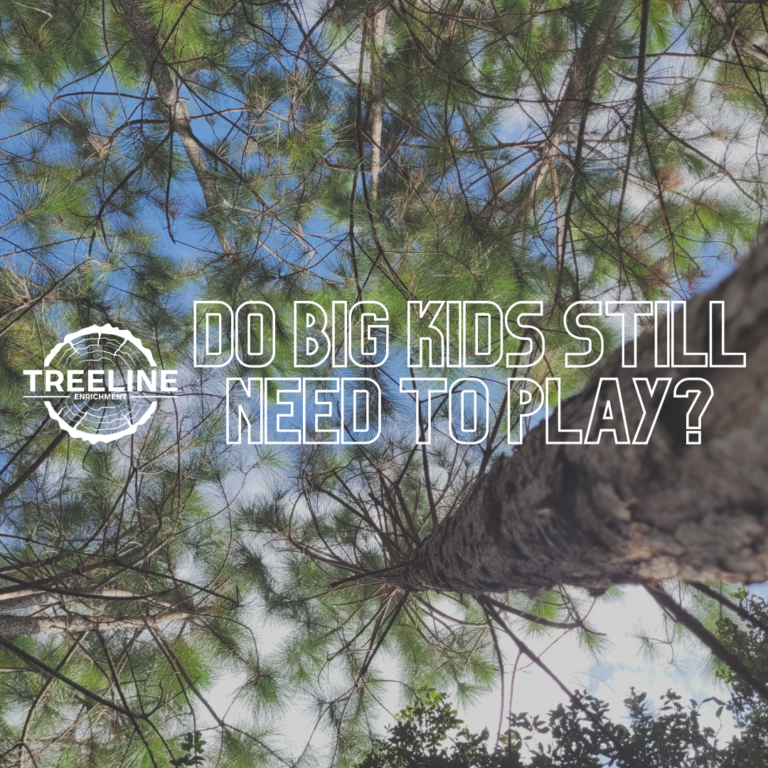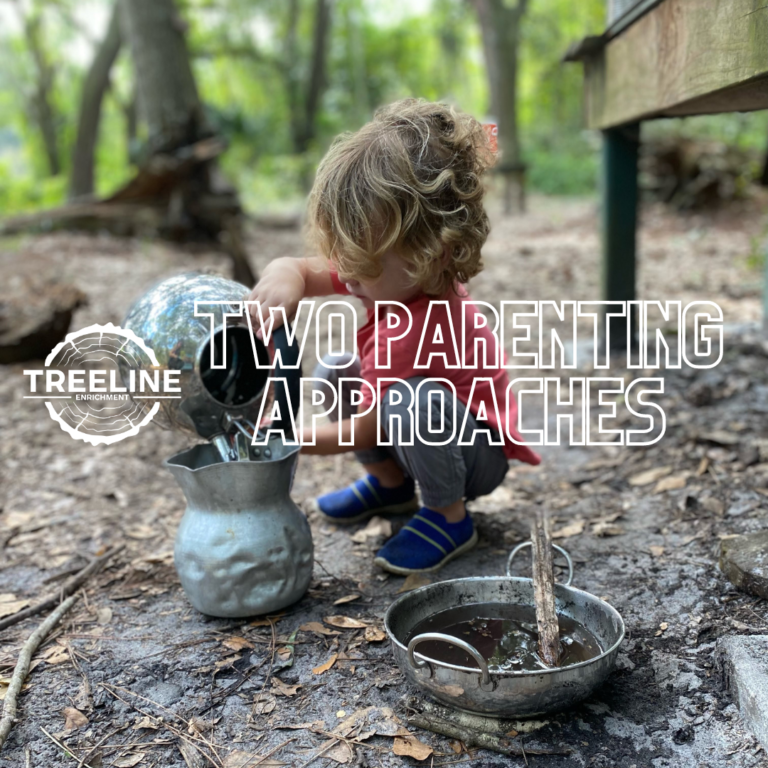Risky Play: Why it is Awesome!
Hidden Benefits of Risky Play
When adults hear ‘‘risky play,’ they might think of broken bones, stitches, and bruises. Risky play shouldn’t be scary; it should be exciting! It’s about kids exploring, building confidence, and understanding risk. Kids test their strengths and weaknesses, solve problems, and take on another child’s perspective.
In play (and in life) you will never eliminate all the possible risks, 100% of the time. That’s exhausting and impossible to do. You can, however, identify the potential hazards in the area, or situation, and provide guidance and limits to keep everyone safe.
Could your child fall off a branch while climbing a tree? Yes. That’s a risk.
Do you remove the dead limbs, stumps, or other debris from under the tree? Do you guide your kid to test branches by placing some weight on them before continuing? Do you encourage your kid to climb as high as they can independently climb down?
Yes, that we can do! We just reduced the risk.
Here’s something to think about: according to the “U.S. Centers for Disease Control and Prevention, more than 3.5 million children per year under the age of 14 receive medical treatment for sports injuries. That’s about 1 out of every 7 children engaged in youth sports.” Sports are very important to many families, bringing them, their kids, and communities together. Yet, we often don’t bat an eyelash at the risk of a sports injury.
So, is risky play actually any riskier?
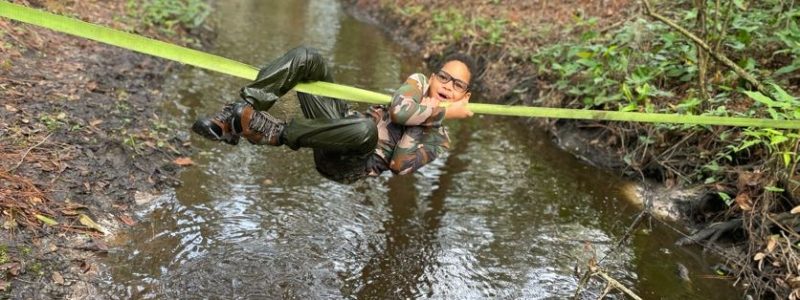
Play with Heights
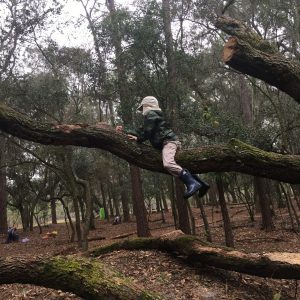
Climbing trees and other structures to get a bird’s eye view.
Play at High Speeds
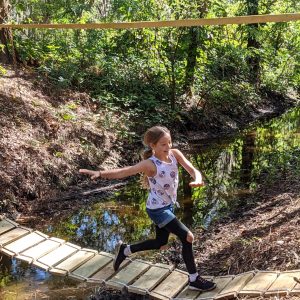
Big body movement that provides a thrill without losing a sense of control. Such as swinging, spinning, riding and sledding.
Play with Tools
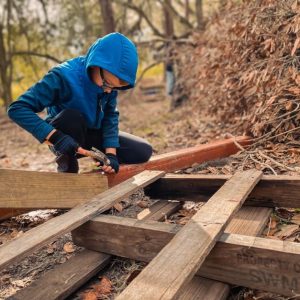
Provides a sense of self pride knowing I can be trusted with the tool and use it. Such as building a fort or whittling a stick with tools.
Play Near Elements
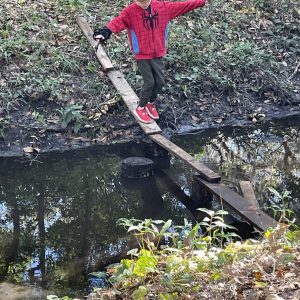
Playing around a fire pit or a body of water.
Play with Force
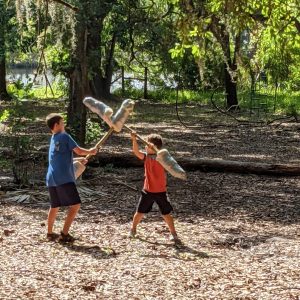
Participating in play fighting or rough-and-tumble play.
Play with Chance
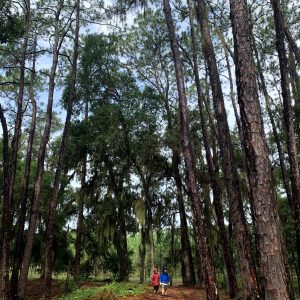
Creates a temporary thrill while also gaining confidence and problem solving skills to imagined dangers. Think of hide and seek.
Kids Love Love It
You may think your kids are trying to scare you. But the reality is risky play is fun! Most kids are aware of the risks they are taking. It challenges them to regulate their bodies and emotions in the moment. Most often, kids will stop when the fear becomes overwhelming (or they might ask for help). With risky play, kids challenge their own abilities, while gaining insight into their own bodies, movements, and capabilities.
Why Parents Should Provide Opportunities for Play with Risk
Dr. Mariana Brussoni, a developmental psychologist who focuses on child injury prevention and risky play says, “[risky play is] thrilling and exciting play where children engage in risk without certainty. ” It helps build confidence, resilience, executive functioning skills, and risk management skills.
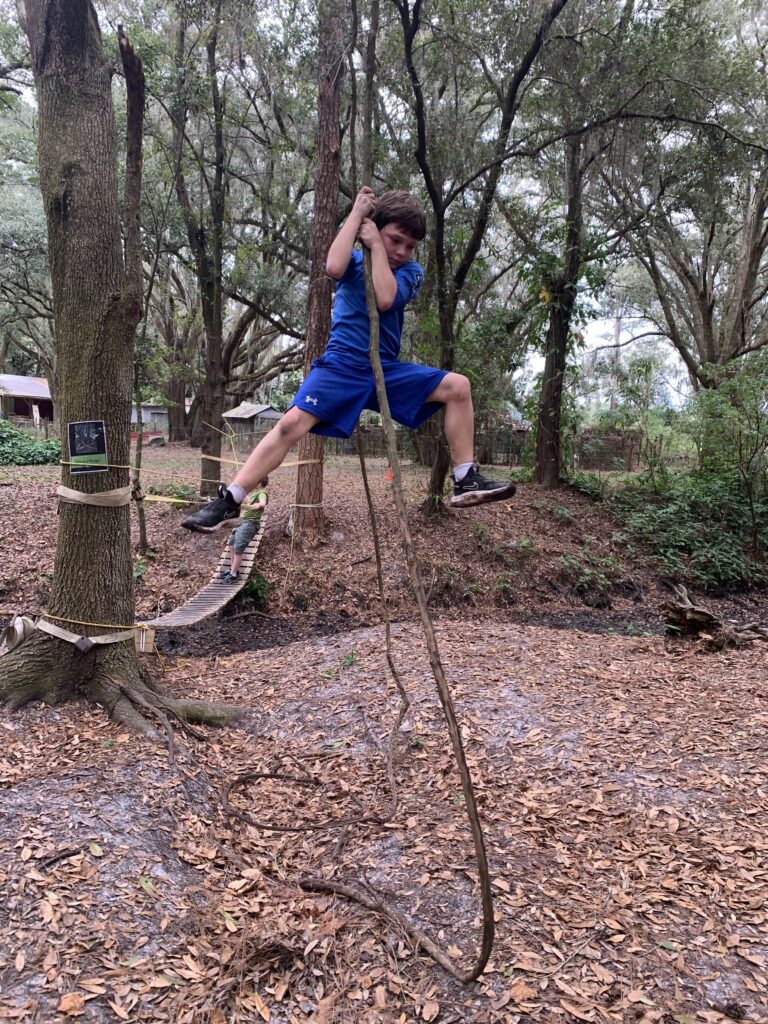
“I love the idea but it stresses me out.”
We get it – we hear you – we have been you.
To open opportunities for this type of play, try practicing the 17-second rule. Dr. Brussoni says, “see how your child is reacting to the situation…[and give them] the opportunity to figure out for themselves what’s comfortable and what they can do.”
Start with a deep inhale and slow exhale. Then, observe your kid while you count to 17. Look at your kids’ body language and facial features. Are they focused, playful, joyful, or content? If yes, leave them be. If you’re still uncertain, check in by asking, “Do you feel safe?” or “Does your body feel safe?”
This moment of mindfulness gives your kid the chance to check-in with themselves, but also buys you more time to assess the situation if needed.
Takeaway
Thinking back to the hummingbird approach of parenting, the point is not to eliminate risk but to be present physically and emotionally when needed. To quote Dr. Peter Gray again, “the playing child feels free to try things out in a pretend world that would be too risky or impossible to try in the serious world.”
So let’s aim to say YES to a few more risky play opportunities this week. Equipped with a 17 second rule, we can feel comfortable taking this step. AND our kids can discover their capacities while also developing risk competency for now and throughout life!
Check out Forest Play opportunities at Treeline Enrichment, where we say yes to age appropriate risky play.
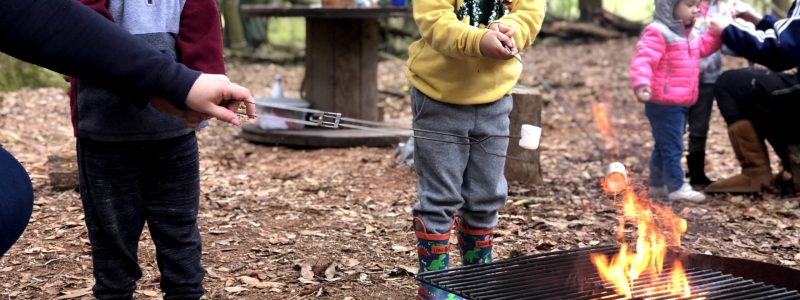
References:
Caron, C. (2020, July 21). Risky play encourages resilience. The New York Times. https://www.nytimes.com/2020/07/21/parenting/risky-play.html
Gray, P. (2014, April 14). Risky play: Why children love it and need it . Psychology Today. https://www.psychologytoday.com/us/blog/freedom-learn/201404/risky-play-why-children-love-it-and-need-it
Toole, B. (2023, February). Risky play for children: Why we should let kids go outside and then get out of the way. CBCnews. https://www.cbc.ca/natureofthings/features/risky-play-for-children-why-we-should-let-kids-go-outside-and-then-get-out
Unknown. (2023). Sports Injury Statistics. Stanford Medicine Children’s Health. https://www.stanfordchildrens.org/en/topic/default?id=sports-injury-statistics-90-P02787
Yurich, V. (2021, February 6). The hidden risks of avoiding risky play. 1000 Hours Outside. https://www.1000hoursoutside.com/blog/the-hidden-risks-of-avoiding-risky-play
The Amazon link above is an affiliate link. When you purchase through this link Treeline may receive a small (very very tiny) kickback at no additional cost to you. Thank you for supporting our services.

